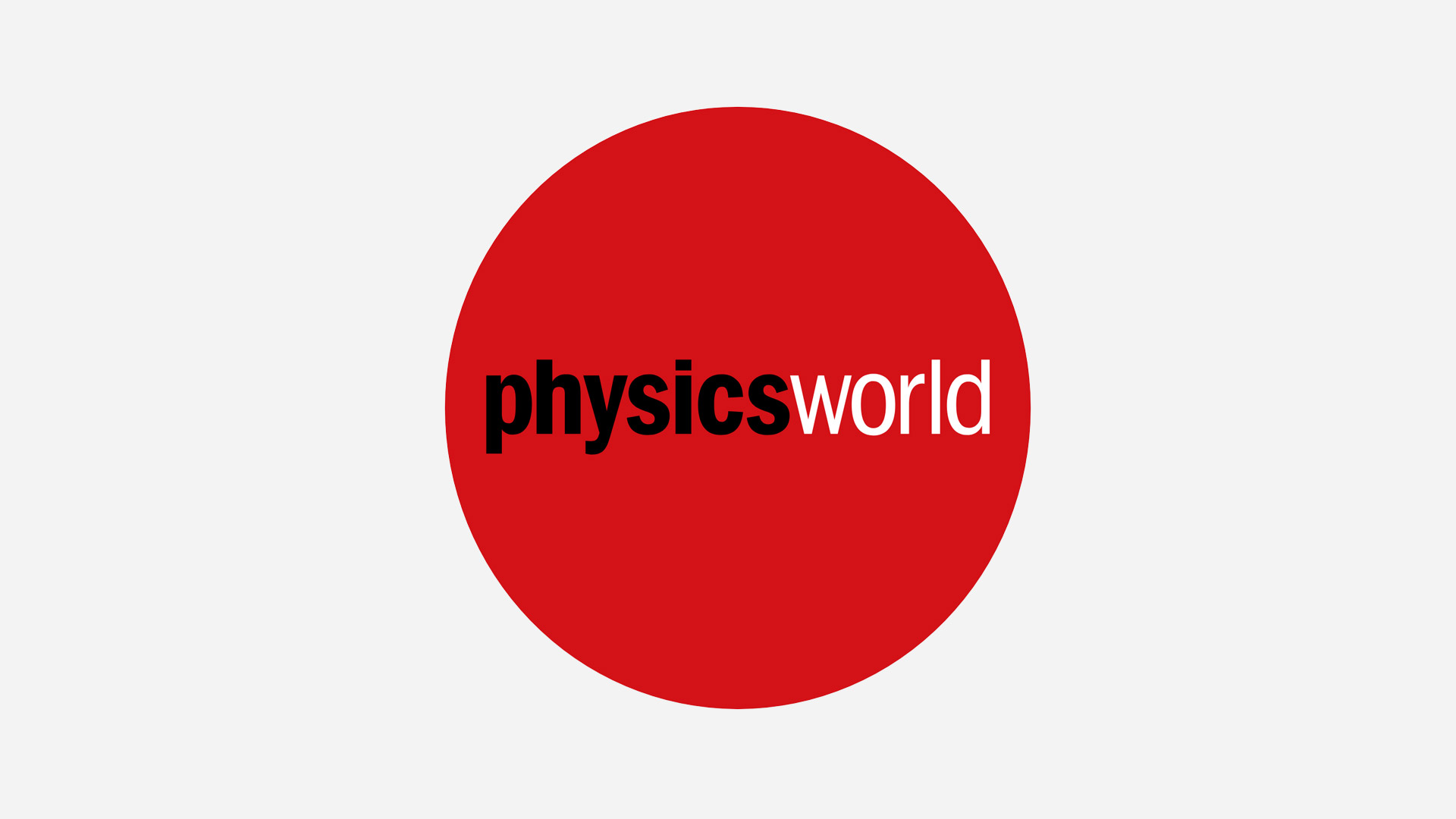Author
Array
(
[0] => linkedin
[1] => facebook
[2] => twitter
[3] => google-plus
[4] => youtube
)
Array
(
[0] => linkedin
[1] => facebook
[2] => twitter
[3] => google-plus
[4] => youtube
)
Array
(
[0] => linkedin
[1] => facebook
[2] => twitter
[3] => google-plus
[4] => youtube
)
Array
(
[0] => linkedin
[1] => facebook
[2] => twitter
[3] => google-plus
[4] => youtube
)
Array
(
[0] => linkedin
[1] => facebook
[2] => twitter
[3] => google-plus
[4] => youtube
)
No Author
Author archive

One of the challenges facing any physics magazine is to adequately cover the activities and interests of physicists working in industry. For a long time Physics World has followed a policy that the best way to do this is to publish articles written by physicists in industry. Just as we prefer articles about the latest […]
 Read article: Can physics save fish stocks?
Read article: Can physics save fish stocks?
Overfishing is a worldwide problem and many of the world’s fish stocks are severely depleted. A fundamental question in light of the current state of affairs is whether it is at all possible to manage fishing grounds so that they remain sustainable? If so, how can the sustainability of fish stocks be best achieved and […]
 Read article: The underdoped phase of cuprate superconductors
Read article: The underdoped phase of cuprate superconductors
The origin of high-temperature superconductivity in cuprate materials is one of the biggest puzzles in physics, explain Bertram Batlogg and Chandra Varma

The 0.5 nm nanotube was made by boring a hole into a graphite rod. The hole was then filled with cobalt metal powder – which acts as a catalyst – and a mixture of nanotubes and other carbon-based material. A high-voltage electric arc was then applied to the graphite rod generating an carbon plasma from […]

White Mars is about a group of men and women who are marooned on Mars at the end of the 21st century. Living in enormous self-perpetuating domes, they produce their own food and oxygen, and extract water from the planet’s core. On this austere Martian world, members of the colony set out to create a […]

 Read article: Hubble back in business
Read article: Hubble back in business
Eskimo Nebula is 5000 light years from Earth and resembles a face inside a furry parka when viewed from ground-based telescopes. Hubble resolved the ‘hood’ into a disk of material containing a ring of comet-shaped objects, with their tails streaming away from the central, dying star. The ‘face’ of the nebula was resolved into an […]

In 1967 Davis, then at the Brookhaven National Lab, built the first experiment to detect neutrinos produced by the Sun. Neutrinos only interact weakly with matter and are extremely difficult to detect. Davis’s experiment, which consisted of 615 tonnes of dry-cleaning fluid in the Homestake gold mine in South Dakota, detected less than half the […]

The waveguide structure was created by pouring a mixture of copolymer solution and molecular laser dye into a mould situated on top of a silicon wafer. The solution was allowed to solidify over 12 hours. The mold was imprinted with a set of thin lines by a soft lithography stamp. The sol-gel copolymer used by […]

Quantum particles such as electrons can be in a superposition of two or more quantum states. This means that an electron can, for instance, be in two places at the same time. However, classical objects – such as the cat in Schrödinger’s famous thought experiment – clearly cannot be in two states (e.g., dead and […]
Copyright © 2025 by IOP Publishing Ltd and individual contributors



